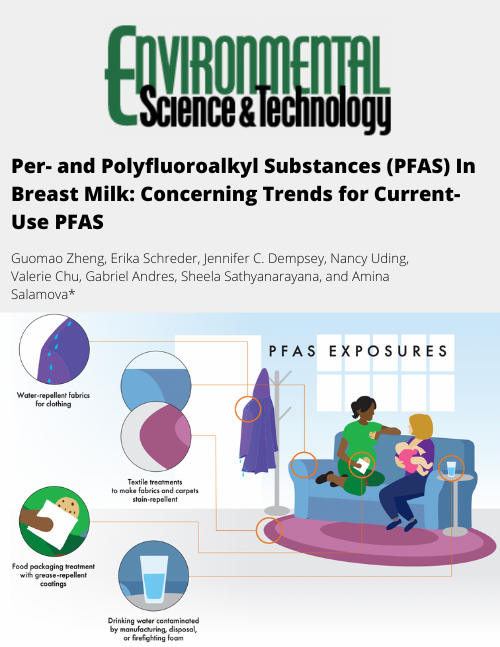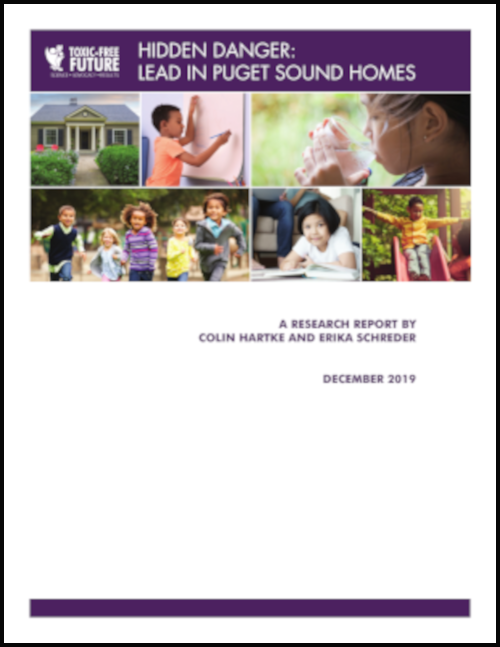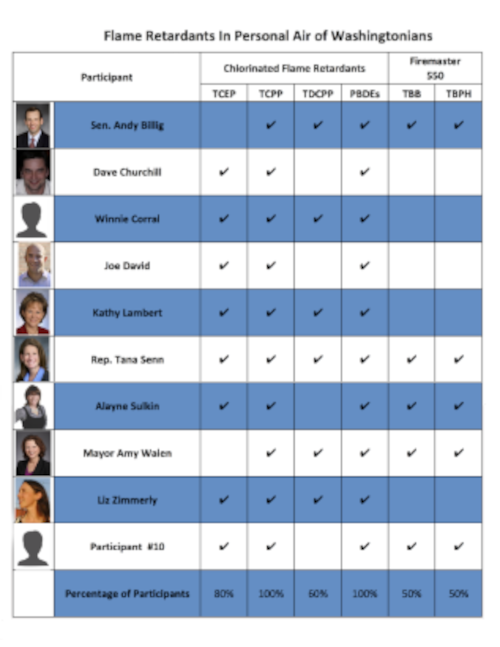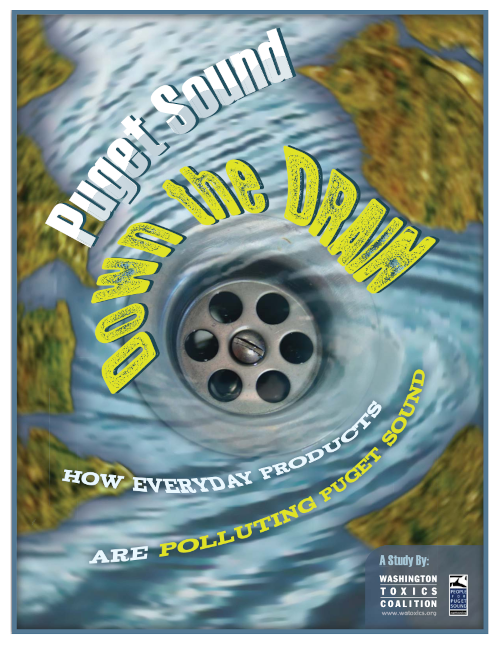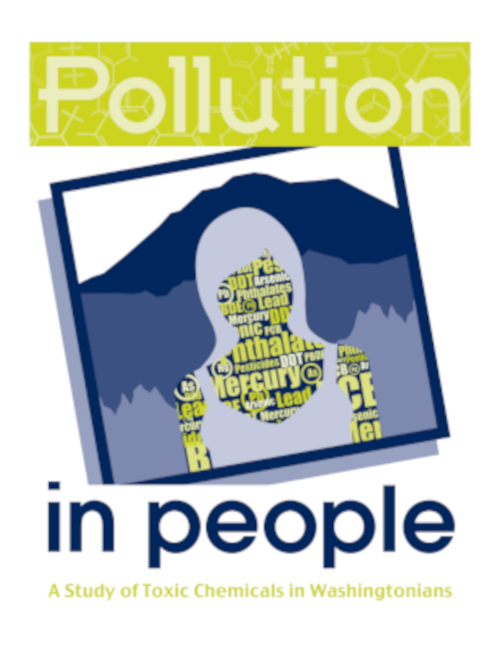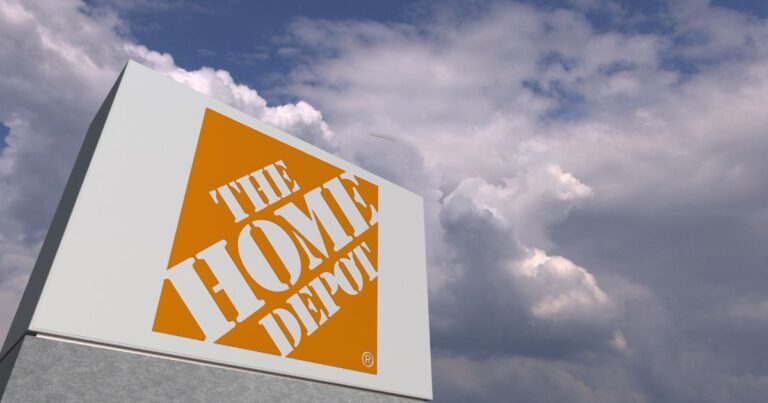Washington State
For more than four decades, Toxic-Free Future has led the fight for prevention-based laws that protect people, communities, wildlife, and the environment from toxic chemicals, plastics, and pollution.
We have worked alongside environmental and social justice organizations, health professionals, unions, government officials, and state agencies to establish Washington state as a national leader in setting strong protections. Many other states and the federal government have acted following Washington’s lead.
What we’re doing
- Conducting research and publishing studies on toxic hazards found in products, people, wildlife, and waterways.
- Advocating at the state level to advance strong laws that protect health and the environment, especially the most vulnerable populations and species.
- Pressing Washington-based companies to lead by example and adopt policies that result in safer products and less pollution.
- Partnering with environmental, faith, labor, health, justice, and community-based organizations as well as people who are highly impacted by exposures to harmful chemicals and pollution.
Support our work in Washington
WASHINGTON STATE
Key Projects & Priorities
Healthy Communities in Washington
Toxic-Free Future is working to create healthier communities across the state of Washington by reducing exposure to toxic chemicals where people live, work, and play. From advocating for safer building materials and healthier housing policies to eliminating harmful chemicals in products and pollution from industrial sources, we’re advancing science-based solutions that protect public health—especially for communities most impacted by environmental injustices.

Safer Products for Washington
The Safer Products for Washington Act is the strongest law in the U.S. regulating toxic chemicals in products and packaging. Passed in 2019, the Washington state law protects people and the environment from harmful chemicals. Toxic-Free Future led the fight to win this precedent-setting legislation and continues to work with partners to ensure the strongest protections are put in place. Through this program, Washington has already enacted first-in-the-nation bans on PFAS, phthalates, and flame retardants—setting a model for the nation.
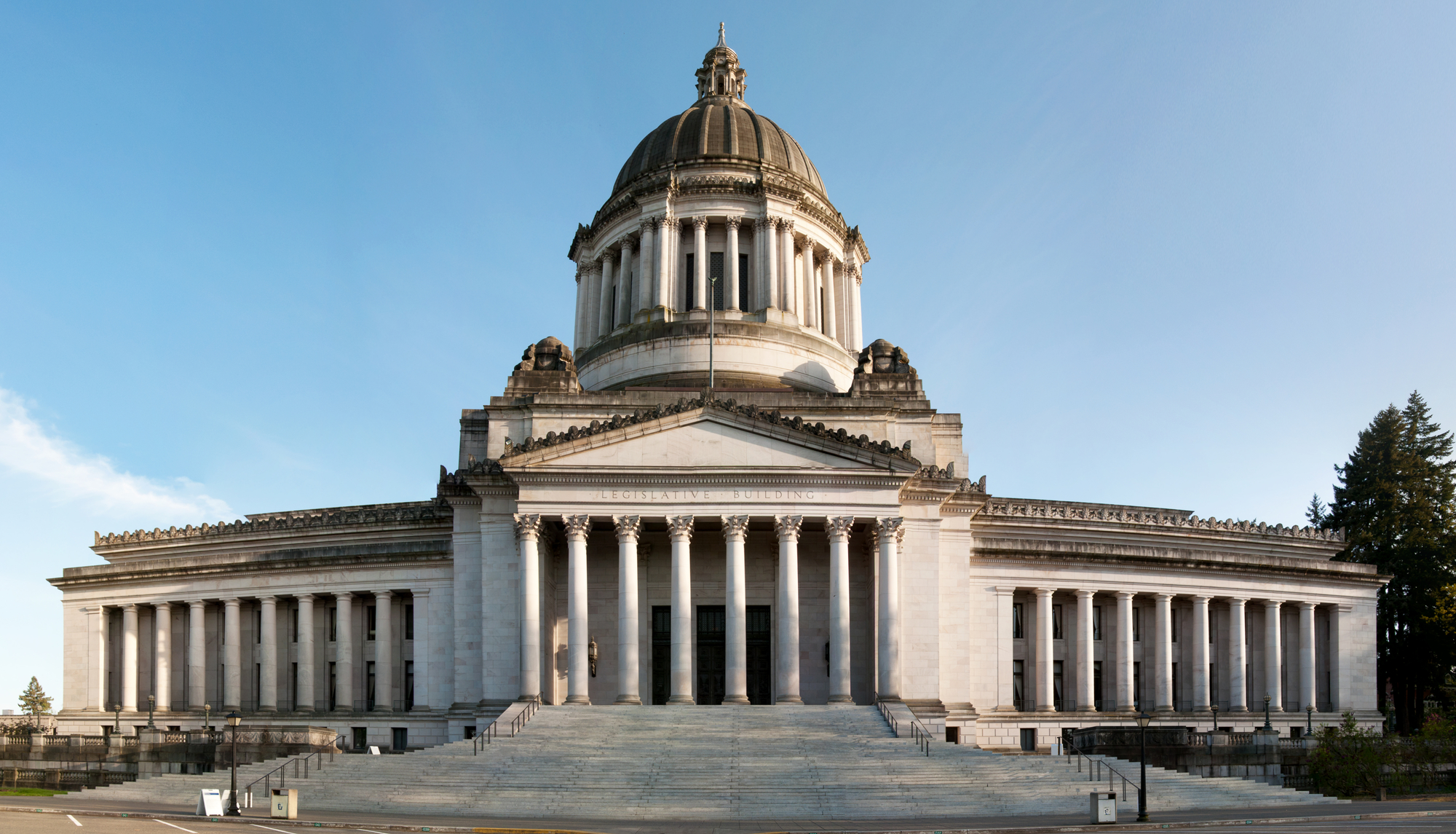
Toxic-Free Cosmetics
Hazardous chemicals like phthalates, PFAS, and formaldehyde are still legally allowed in everyday cosmetics and personal care products—from shampoo to lip gloss. Toxic-Free Future is targeting the most harmful chemicals in these products—including phthalates, PFAS, formaldehyde, formaldehyde-releasing agents, and siloxanes—and pushing for strong policies in Washington state and from major retailers to ban them and ensure safer alternatives are used.

Washington: ban toxic PFAS!
Washington state is leading the way in protecting communities from toxic PFAS chemicals—becoming the first in the nation to ban the entire class in food packaging and firefighting foam. The state has also taken critical steps to address PFAS contamination and reduce levels in drinking water. But urgent action is still needed to eliminate remaining uses, clean up pollution, and hold polluters accountable.
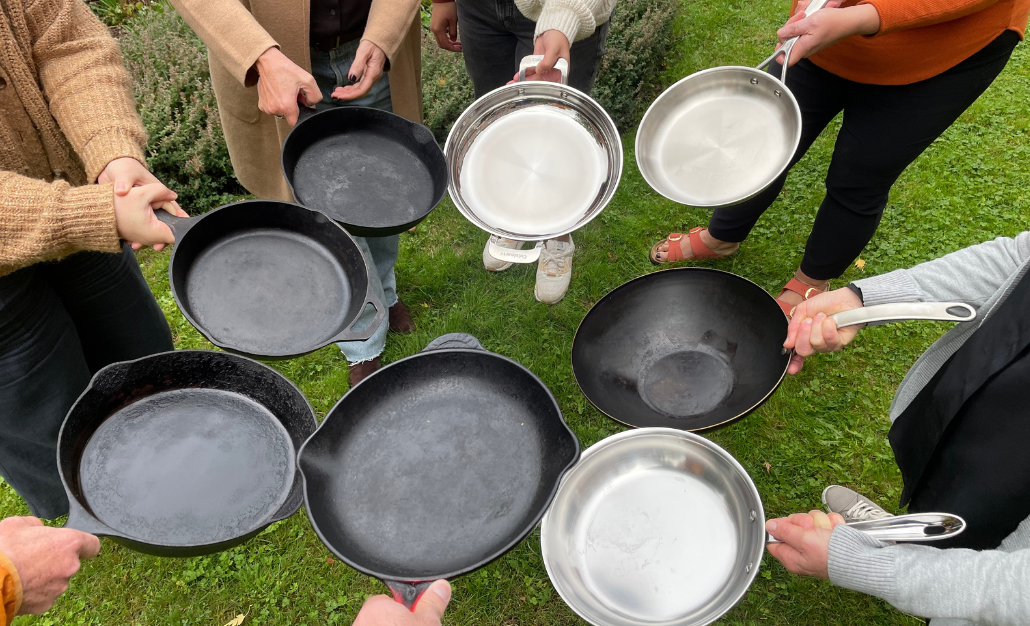
Impact
Our Washington state work has resulted in many years of victories, including more than a dozen laws that have set the bar for the nation.
Some highlights from 40 years of victories include:
2023: Washington State’s Toxic-Free Cosmetics Act (HB 1047) was signed by Governor Inslee on May 15, 2023, making it the strongest law in the nation regulating cosmetics and personal care products.
2022: Winning a new law to put Washington on the fastest timeline in the nation to ban PFAS in products. The Department of Ecology moved forward with proposing bans on four chemical classes in 10 product categories under Safer Products for Washington.
2021: Protecting the drinking water for six million people in Washington from PFAS by getting the state to adopt action levels in response to a 2017 petition.
2019: Winning Safer Products for Washington, a landmark law leading the country in quickly assessing harmful chemicals in key products, resulting in regulatory action. As a result of this program, our state is set to put first-in-the-world bans in place, including PFAS in numerous products, phthalates in fragrances, bisphenols in thermal paper and beverage cans, and organohalogen flame retardants in casings of all indoor electronics.
2018: Kicking off a cascade of state laws addressing the entire class of PFAS with legislation banning PFAS in food packaging and firefighting foam.
2016: Passed legislation banning toxic flame retardants in children’s products and furniture, helping lead the charge to eliminate flame retardants from these product classes entirely.
2008: Fast action to address toxic chemicals like lead in children’s products with the Children’s Safe Products Act, followed the same year by similar legislation in several other states and Congress.
Latest news on our Washington state work


